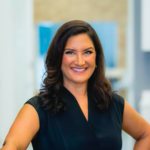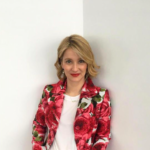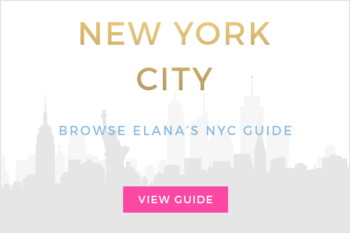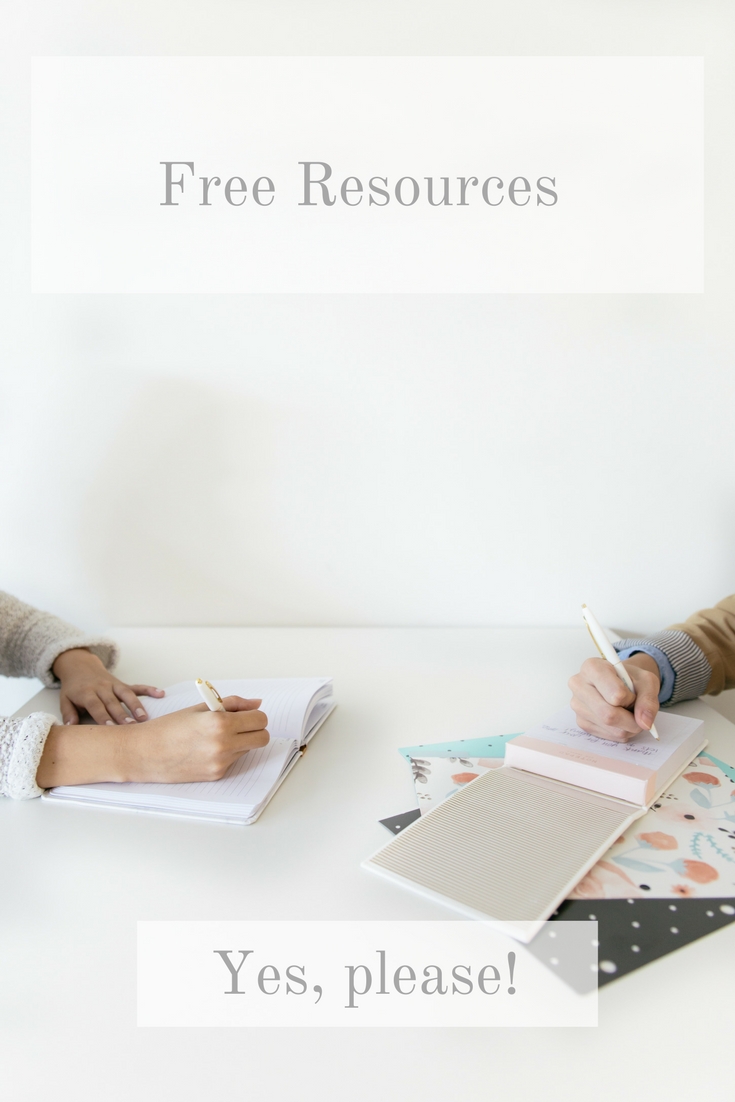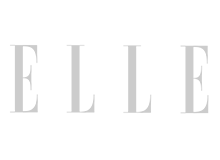Claudia Mason is one of the world’s most famous models. Claudia was a dance student at New York City’s High School for the Performing Arts when she was discovered at a music store by a scout from Elite Modeling Agency. Claudia went on to become one of the world’s top models, working with designers including Yves Saint Laurent, Karl Lagerfeld, Versace, Armani, Oscar de la Renta, Valentino, Marc Jacobs, and Calvin Klein. Claudia Mason was also featured on the covers of magazines such as Vogue, W, Mademoiselle, Elle, Cosmopolitan, and numerous foreign publications. She has starred in prestigious fashion campaigns for Versace, Anne Klein, Fendi, and more. Claudia Mason has worked with all the world’s greatest fashion photographers from the late Avedon to Bruce Weber, Patrick Demarchelier, Steven Meisel, Steven Klein, Peter Lindbergh, Mario Testino, to name a few. She is also an actress, advocate for stroke awareness, and author of Finding the Supermodel in You: The Insider’s Guide to Teen Modeling.
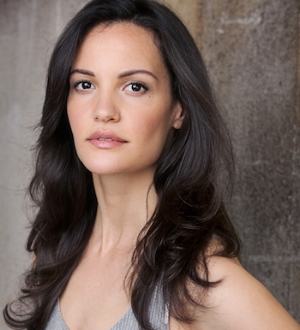
What inspired you to write Finding the Supermodel in You: The Insider’s Guide to Teen Modeling?
I was inspired to write Finding The Supermodel In You, The Insider’s Guide To Teen Modeling because I have so much to say to young people (and their parents) who dream of a modeling career. No other top model has written this type of guide before and I constantly get asked how I would best advise teens with modeling aspirations. I thought it was the right time for this book, and since I lived through such a big career of my own, I knew I was the perfect person for the job. It was a personal accomplishment to be the sole author of the book — and what fantastic memories came flooding back when I began to flesh out the chapters — I forgot how truly extraordinary my experiences were!
What was your writing process like?
Intense and very cathartic. I wrote the whole book in about a year. There were lots of starts and stops and a large amount of frustration with the writing process. Being that it was the first time I wrote a book, I had a lot of freak out moments whenever I’d find myself staring at the blank screen with absolutely no idea how I would start typing out the words and forming them into relevant stories for the book’s theme. My process was blood, sweat, and tears.
What is a day as Claudia like? Please walk me through a day!
It really depends on what’s scheduled for the week. I like to start my day off with an 8 am yoga class, and then get on the computer and start the workday. Of course, if I’m on set there’s limited time to do anything other than the requirements of the shoot. If I’m working at home, I definitely need to take a break from the screen and take a walk outside and make time for meals since I have a tendency to barrel through my day. The days when I have back to back appointments can be enjoyable since I love the hustle and bustle of Manhattan and discussing various work projects with new or old colleagues is a good change of pace from set life or working from home.
You’ve modeled for top brands like Yves Saint Laurent, Karl Lagerfeld, Versace, Armani, Oscar de la Renta, Valentino, Marc Jacobs, and Calvin Klein and been featured on the covers of such magazines as Vogue, W, Mademoiselle, Elle, and Cosmopolitan. What was your experience like as a teenage and adult model?
It was full of adventure. Being flown all around the world for different fashion shoots is an education of its own. The difference between modeling in one’s early teens as opposed to modeling as an adult is vast since a person is not equipped to handle all the demands the business puts on you when you’re 15 or 16. You need the supportive guidance of trustworthy adults, family, or others to help guide you. When you’re an adult you are able to hold your own with your business associates no matter who they are, including the biggest names in the industry like Karl Lagerfeld and Marc Jacobs, and the teams at the top magazines such as Vogue and Elle.
What has been the proudest moment from your career so far?
One of my proudest moments was when I won Best Model of the Season in Paris, beating out the heavy competition! I received this cool sculpture as an award. I wish I remembered who the artist was who created the piece — a full-figured woman, Boteroesque, in a birdcage — I still have it on my bookshelf, even though it’s cracked. I’ll eventually need to fix it or let it go.
What advice do you have for other models?
So much! It’s all in my book. Before you embark on a modeling career, make sure that it’s you who is interested in one and not a parent pushing you into a career path you might not want. This business is tough since there’s a lot of competition and it’s short-lived. You want to start out ready to dazzle people with your unique qualities, which means you have to have the desire in the first place.
You are also an actress. What is your advice for other actresses?
Make your own work! This is an advantage that actors have over models since it’s not possible for a model to have a legitimate career without an agent. However, actors have the opportunity to create work for themselves by writing, directing, producing, and shooting their own films, TV shows, and theater. I did just this on a number of occasions – the most successful one being the time I executive produced and starred in a production of Tennessee Williams’ “Orpheus Descending” in LA. This production was nominated for a prestigious McCulloh Award for best revival of a play, and it all started with me creating the opportunity out of my need to perform the role of Carol Cutrere.
Actors must create work opportunities for themselves, and since we are in a time where thanks to technology this is easier and easier to do, an actor must grab these opportunities to create work for themselves and get it out there so it’s seen by the powers that be that hold the keys of opportunity in show business.
You are a spokesperson for the American Stroke Association (ASA). She herself is a stroke survivor, having suffered a minor stroke from a freak accident. What can we do to get involved?
This cause is very dear to me. I still can’t believe I had a stroke, and I thank my lucky stars that I’m fully recovered today. Raising awareness about the facts of stroke by spreading the pertinent information is what drew me to being a spokesperson for the ASA.
Wonderful you asked to get involved, and I’d say the best way to be involved is to be informed so that God forbid, if you or someone near you is having a stroke, you will recognize the signs and get yourself, or tell them, to go to a hospital immediately. There’s only a 3-hour window that one has to get to the hospital where they administer a drug to help the body recover. Strokes can happen to anyone at any time no matter what age. Look up the facts at strokeassociation.org
What is on your desk right now?
Too much! I’m working on two other projects at the moment and I still have my book responsibilities. There’s just never enough time in a day!
What is your morning routine?
Monday to Friday, I wake up at 7 am and meditate, then if my schedule allows, I’m in a yoga class at 8 am. After that, it depends on what’s scheduled such as emails and calls, appointments, and shoots. On super busy days, it’s important to remember to get three solid meals in! So I’ll sometimes have to schedule lunch into my calendar.
What is the best advice you’ve ever received?
“Don’t sweat the small stuff and it’s all small stuff,” and I add to the end, “except your health.”
What are you reading right now?
A very funny book called 50 Reasons to Hate the French: Or Vive la Difference written by two Brits. I happen the love the French so this is just pure fun. I want to get back to some good solid reading and I have Gloria Steinem’s book My Life on the Road up next.
What is your career advice for other young professional women?
To keep moving forward no matter what challenges are hurled your way. Keep finding inspiration for your goals from others who have been there before as well as from those who you meet along the way. Community is so important, we all need each other to bounce ideas off of and get tips, recommendations, and support. A support system is crucial – one cannot move mountains alone.
Image courtesy of Claudia Mason.







